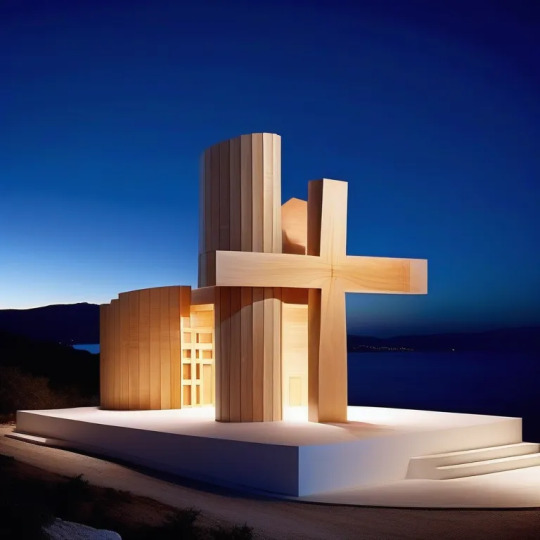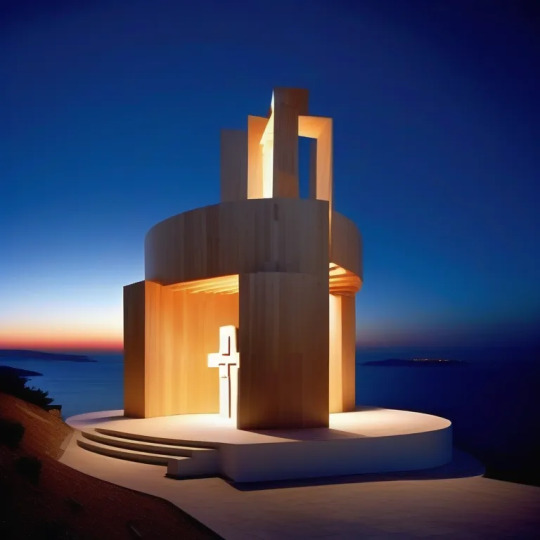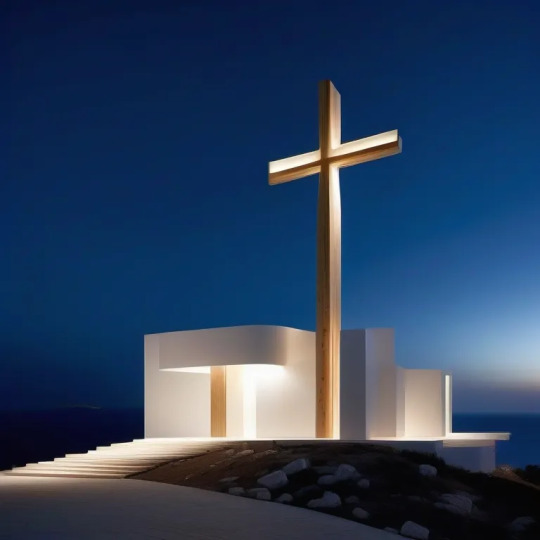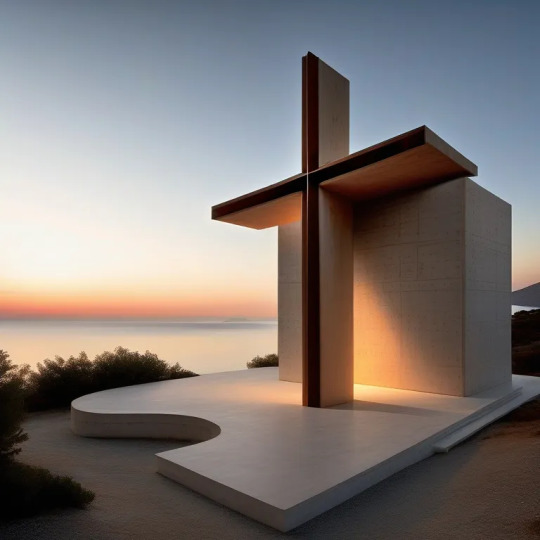#Orthdodox
Text
























“Studies For A Greek Orthodox Chapel” _ 18.03.2024 _ SK
Text-prompt artworks via “Dezgo”.
“‘Text to image’ generates images from text prompts. A latent text-to-image diffusion model capable of generating photo-realistic images given any text input.”
#Greek Orthodox Chapel#Dezgo#AI#3D Visuals#Greek#Orthdodox#Christianity#Faith#Architecture#Synthesis#Spyros Kaprinis#2024
0 notes
Note
I feel like this is a dumb question, but I need to know this since I'm sewing. Are Jewish people allowed to wear red? I mean, I heard not for like holidays or anything obviously, but it's okay if I make Lindsey a red dress just as a cute outfit casually? I hate that I had to ask this, but I thought it was better to know rather than make a mistake (and Google didn't help because it seemed to be differing opinions).
I don't see why not! Lindsey probably should not wear red on high holidays (Rosh Hashanah and Yom Kippur), but even in Orthdodox communities it is generally okay to wear! From what I can find online, historically it was seen as a "flashy" and immodest color. Lindsey should be fine to wear it!
4 notes
·
View notes
Link
Review of The Orthodox Church in the Arab World, 700 - 1700: An Anthology of Sources
By Samuel Noble
ISBN: 0875807011
Price: £24.50
There are many introductions to Orthodox Christianity available in the English language today, covering the vast history of the Church and quoting various saints and sources to support their position. The most famous of these is Metropolitan Kallistos’ The Orthodox Church, which covers both the history of beliefs of the Church in a way which covers all key elements. Though even his books has a flaw, which Samuel Nobel addresses in the Introduction to The Orthodox Church in the Arab World. As Noble states, “The Chapter Entitled ‘The Church under Islam’ begins with the Ottoman conquest of Constantinople in 1453, with not the slightest hint that three Patriarchates had been under Islamic domination for more than eight centuries prior to that date.” And Noble highlights the same issue with various other texts.
It is in this respect that Samuel Noble’s text comes as a breath of fresh air to any reader with an interest in reading about the experience of Christians in the Arab world before the 16th century. Noble has been able to collect and translate a collection of texts spanning the 1000 years between 700 and 1700, giving a sense of a diverse experience and collection of genres of writing produced by Christians in the Arab world during this time.
In my view the book is a great stride in out understanding of the experience of Arab Christians in the Middle Ages, with such texts as The Disputation of the Monk Abraham of Tiberius and Paul of Antioch’s Letter to a Muslim Friend demonstrating the interaction between the Christians and Muslims of the time, as well as other texts showing the forms of Apologetic technique being used, including the use of the Qur’an by Christian clergy to debate Muslims and explain the Orthodox faith in terms which they could understand. Noble’s translation of these texts allows for this experience to come to light for the first time and, in doing this, opens up a field of analysis of this intercultural dialogue at a time when Christian-Muslim relations are a heated topic in the context of the MENA region.
A weaker point of the book is the lack of analysis of relations in areas such as Egypt and the non-Chalcedonian Orthodox tradition, largely due to the author’s area of study being based around the Chalcedonian Orthodox community. This means that the book does not allow for a study of relationships between the two Orthodox communities in the Middle East at the time, though the stud of the Coptic Community in the context of the various caliphates has been an object of study by Medievalists and Egyptologists over the years already.
In conclusion, Noble’s text provides a rare and wonderful glance into the Orthodox Church in the Arab World and fills a long neglected void in Scholarship regarding the Christians of the Middle East and the Arabic Christian community. The translation of these texts also allows for a peek into the various interactions between Christian and Muslim in these areas and the fascinating apologetic tradition which emerged from this. Noble has done a great service to Christian Scholarship in producing this text, which will hopefully open the eyes of others to this untapped area of study.
1 note
·
View note